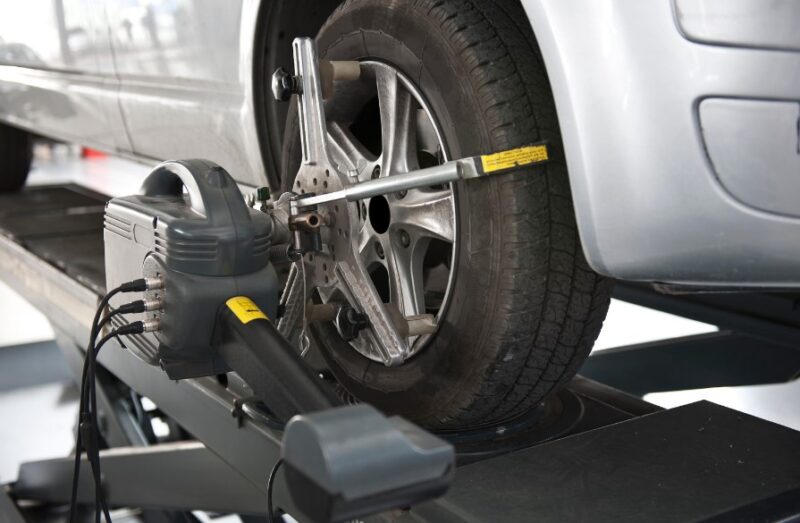The significance of maintaining your vehicle’s wheel alignment cannot be overstated. Not only does it ensure your safety on the road, but it also contributes to the longevity of your tires and the overall health of your car. Proper wheel alignment is critical for balanced handling, optimal tire wear, and safe driving conditions.
It’s a key aspect of vehicle maintenance that can save you from costly repairs down the line. By ensuring your wheels are properly aligned, you’re investing in the efficiency and performance of your vehicle. Several factors impact the cost of aligning your wheels, from the type of vehicle you drive to the extent of misalignment. Understanding these factors can help you anticipate the costs you may incur.
Why Wheel Positioning is Essential
Aligning your vehicle’s wheels is crucial for several reasons. It affects your car’s handling, tire wear, and fuel efficiency. Let’s explore the importance of this service and its impact on your driving experience.
Impact on Vehicle Performance
Misaligned wheels can lead to uneven tire wear, reduced fuel efficiency, and a compromise in vehicle safety. They can also cause your vehicle to pull to one side, making it difficult to steer, which can be particularly hazardous during adverse driving conditions.
Long-Term Benefits
Investing in regular wheel checks can extend the lifespan of your tires, improve gas mileage, and provide a smoother ride. It’s a preventative measure that can result in significant long-term savings and enhanced vehicle performance.
Indicators That it is Time for This Service
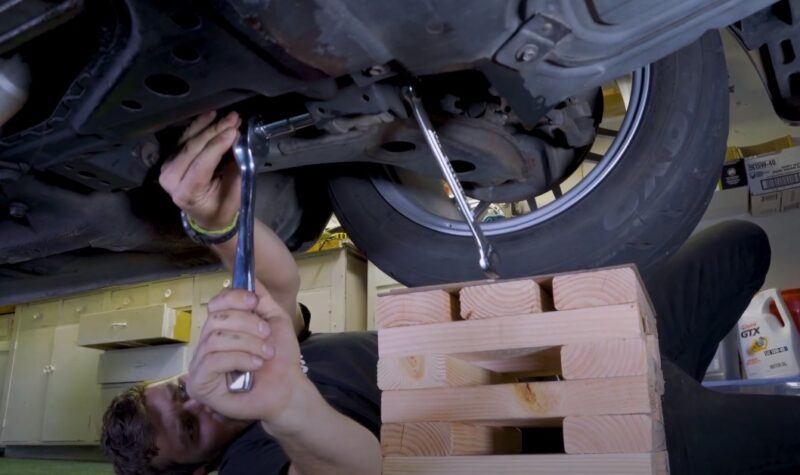
Knowing when to get your wheels aligned is key to vehicle maintenance. Certain signs can alert you to the need for a check-up. Let’s consider the main indicators that it’s time to visit your mechanic.
Telltale Signs
Uneven or rapid tire wear, steering wheel vibration, or your vehicle pulling to one side are classic alerts that your alignment is off. Ignoring these signs can lead to greater issues and more extensive damage to your vehicle.
Routine Checks
Even without these signs, it’s wise to have your alignment checked periodically. Normal wear and tear can gradually lead to misalignment, so incorporating checks into your routine maintenance can keep your vehicle in top condition.
Details About the Price
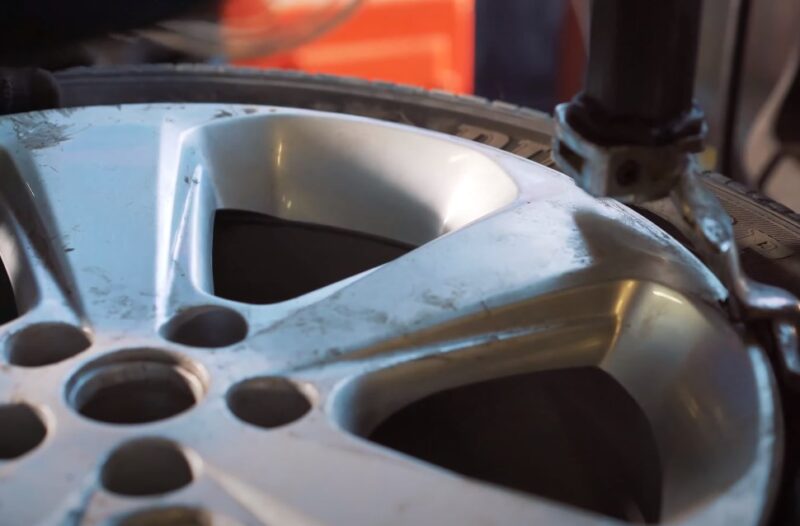
The cost of aligning your wheels can vary widely. In this section, we’ll break down the typical price ranges and what additional factors can affect the final cost.
Standard Pricing
Generally, a standard alignment can cost anywhere from $50 to $100. This price can fluctuate based on vehicle type, the complexity of the alignment, and the rates of the service provider.
Additional Costs
For vehicles with sophisticated steering systems, such as all-wheel drive, the cost can be higher. Also, if your vehicle requires new parts or extra labor due to significant misalignment, this will also be reflected in the price.
| Vehicle Type | Standard Alignment | Comprehensive Alignment | Additional Services |
|---|---|---|---|
| Compact Car | $50 – $70 | $80 – $100 | Inspection: $15 – $25 |
| Sedan | $60 – $80 | $90 – $120 | Camber Adjustment: $20 |
| SUV | $70 – $90 | $100 – $150 | Tire Rotation: $10 – $20 |
| Truck | $80 – $100 | $110 – $160 | Tire Balancing: $15 – $30 |
Cost-Reduction Strategies
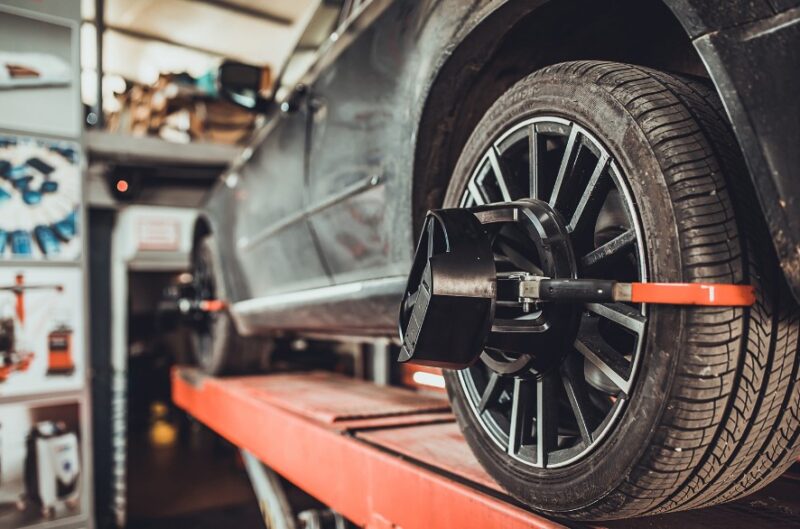
While it is an essential service, there are strategies to manage the costs involved. Here, we’ll discuss how to find deals and make the most of your service.
Research and Coupons
Many service centers offer specials or coupons for various services. Doing your research and comparing prices can help you find the best deal. It’s also worth asking about bundled services, as some shops offer discounts when you combine an positioning with other maintenance work.
Long-Term Service Plans
Some service providers offer long-term service plans or warranties. These can be cost-effective options if you plan to keep your vehicle for several years.
Regular Maintenance Schedule
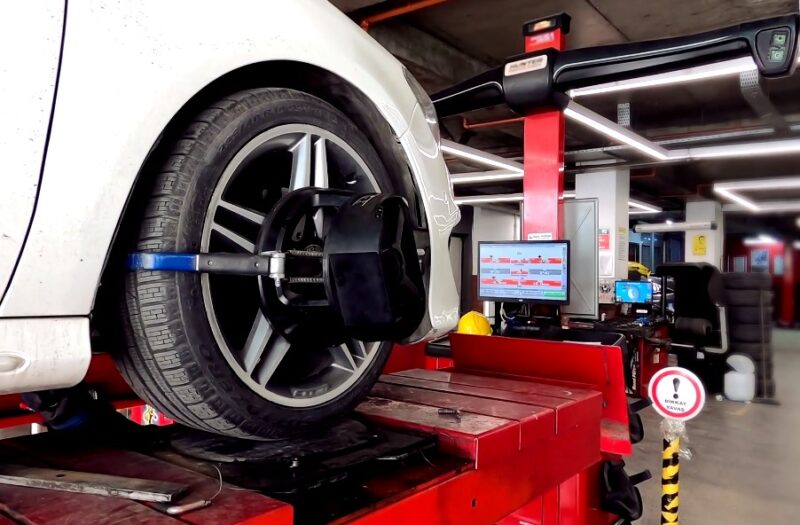
Consistent maintenance is the best way to avoid costly repairs. Let’s discuss the recommended frequency for checks and how sticking to a maintenance schedule can benefit your wallet.
Recommended Frequency
Most experts recommend having your vehicle’s alignment checked at least once a year or every 12,000 miles. However, if you frequently drive on rough roads or hit a significant pothole, you may need to have it checked more often.
Maintaining Alignment
Regular checks are key to catching misalignment early. By adhering to a maintenance schedule, you can ensure minor adjustments are made before they become major issues.
What Are the Main Benefits?
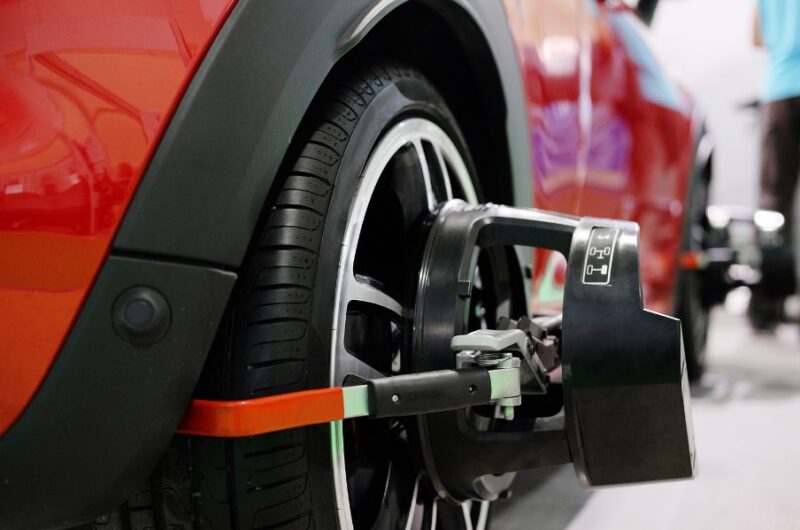
Ensuring that your vehicle’s wheels are correctly aligned is not just a matter of road safety; it’s an investment in the vehicle’s operational efficacy and a tactic in financial savvy. This expanded analysis will underscore the comprehensive benefits of maintaining optimal wheel configuration and how it can influence your vehicle’s economics.
Operational Efficiency
When wheels are properly configured, the vehicle experiences less rolling resistance. This means that when your wheels are in perfect harmony, your engine doesn’t have to work as hard to move the vehicle forward. Consequently, your car burns less fuel for the same journey compared to a car with poorly aligned wheels.
Reducing Strain on Car Components
A misaligned vehicle can put undue stress on car parts, particularly the suspension system. The strain from improper alignment can accelerate the wear and tear on various components, leading to premature breakdowns. Keeping your wheels properly configured helps distribute the operational stress evenly across the car’s structure, minimizing wear on any single part.
Improved Driving Experience

A car with well-aligned wheels handles better, providing a smoother and more predictable driving experience. This translates to reduced driver fatigue and potentially a lower risk of accidents, which can have financial implications in terms of vehicle repair costs and insurance premiums.
It is Cost Effective and Good for Environment
Vehicles that frequently suffer from alignment issues may indicate underlying problems that could manifest in costly repairs down the line. Identifying the cause of repeated misalignment can mitigate these looming expenses.
For example, replacing a worn steering component might cost upfront but can prevent repetitive alignment issues and associated tire wear. Proper wheel alignment also has an environmental angle.
Better fuel economy results in fewer emissions, aligning personal savings with ecological responsibility. In regions where environmental impact can influence tax rates or environmental fees, keeping your car’s wheels well-aligned can have subtle yet tangible financial benefits.
FAQs
Can the type of tires I use affect the frequency of wheel alignments?
Yes, the type of tires you use can influence how often you need a wheel alignment. High-performance tires, for example, may require more frequent alignments due to their design for precision driving. Similarly, larger, heavier tires might put more strain on steering and suspension components, potentially leading to misalignment issues.
Does the driving environment impact wheel alignment longevity?
Absolutely. Harsh driving environments with lots of potholes, speed bumps, or off-road conditions can lead to wheels falling out of alignment more quickly. Regular driving in such environments would necessitate more frequent alignment checks to maintain optimal vehicle performance.
Are there any specific driving habits that can lead to misalignment?
Certain driving habits can contribute to faster misalignment. For instance, consistently hitting curbs when parking, driving aggressively with rapid starts and stops, or taking corners at high speeds can all lead to wheel alignment issues.
How do wheel alignments affect hybrid or electric vehicles differently from traditional gas-powered vehicles?
Hybrid and electric vehicles often have different weight distributions due to battery placement, which can affect alignment differently than in gas-powered vehicles. These types of vehicles might also have unique suspension systems that require special attention during alignment services.
Is there a difference in wheel alignment costs between front-wheel drive and all-wheel drive vehicles?
Yes, there can be a difference in costs. All-wheel drive vehicles typically require a more complex alignment process that can adjust all four wheels, whereas front-wheel drive vehicles may only need the front two wheels aligned. This complexity can result in higher costs for all-wheel drive vehicles.
Summary
While costs can vary, understanding what influences the price and how often service is needed can help you budget for this essential service. Investing in regular alignment checks can save you money in the long run by extending the life of your tires and improving your vehicle’s performance.
